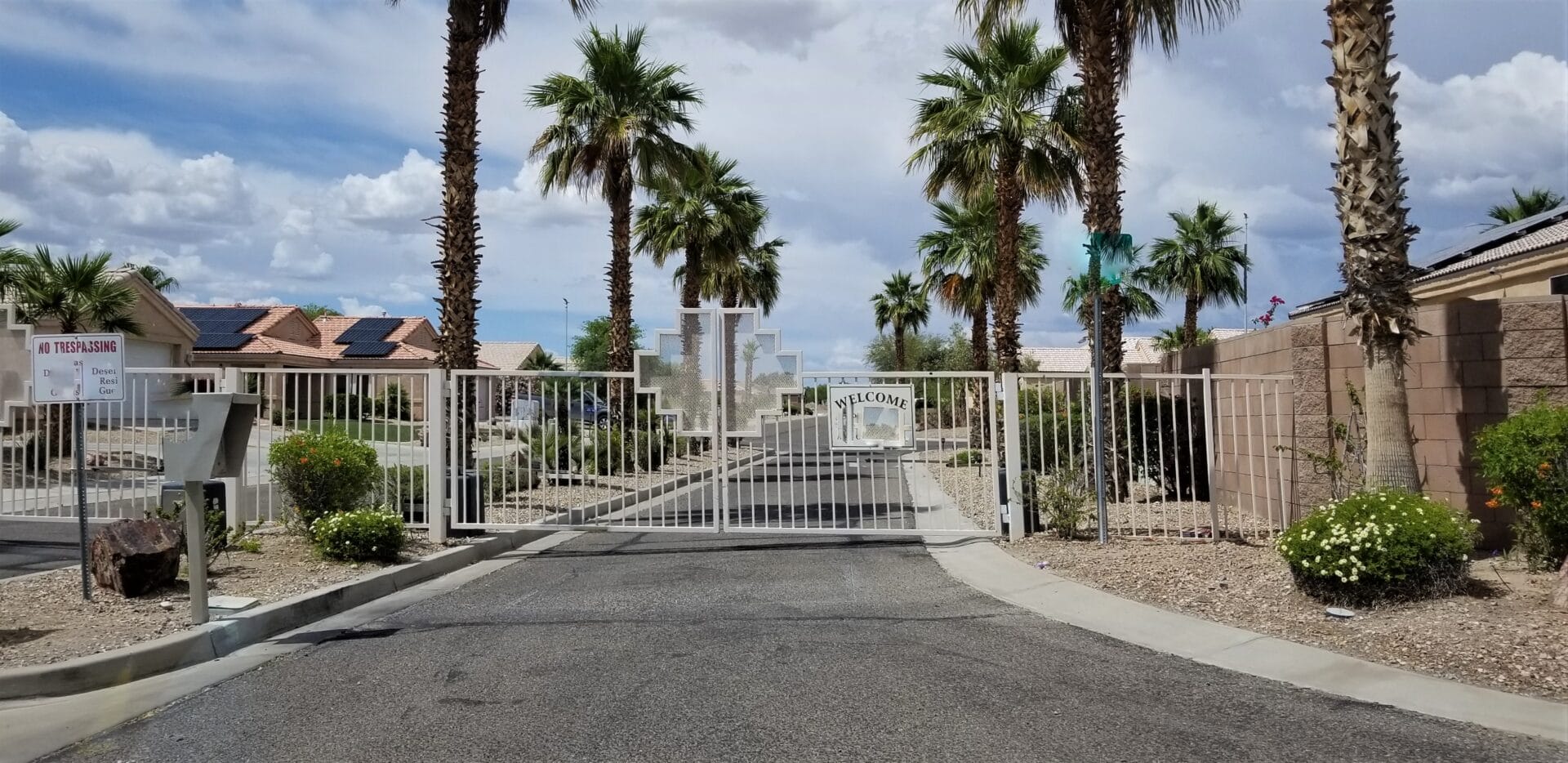Copyright © Kaloop 2025 All Right Reserved
Bio Mitigation in Community Association Management: Why It Matters and How to Approach It
Table of Contents
- Introduction
- What Is Bio Mitigation?
- Why Bio Mitigation Matters in Community Management
- Approaches to Effective Bio Mitigation
- Conclusion

Bio mitigation has emerged as a vital strategy in community association management, especially as regulatory standards tighten and residents grow more health-conscious. Whether through mold remediation, pest control, or addressing pathogens, associations must anticipate and manage these risks to preserve resident safety, property value, and legal compliance.
What Is Bio Mitigation?
Bio mitigation encompasses identifying, containing, and eliminating biological threats within communities. Common issues include:
Mold and mildew outbreaks
Bacterial contamination in water or HVAC systems
Pest infestations (e.g., rodents, insects)
Biohazard cleanup, following accidents or crime scenes
Pathogen control, especially during heightened disease outbreaks
Community associations—like homeowner associations (HOAs), condominiums, and co‑ops—must treat these as core risk management measures, not just operational tasks. Left unchecked, these threats can escalate into legal liability, reputational damage, and costly structural impairment.
Why Bio Mitigation Matters in Community Management
Resident Health & Safety
Moldy HVAC systems or contaminated water can trigger respiratory illnesses, exacerbating existing health conditions. Swift mitigation protects health and builds resident trust.Liability Exposure & Regulatory Compliance
Neglecting biological hazards can lead to lawsuits. Many jurisdictions require proper sanitation and pest control; failure to comply may result in fines or legal scrutiny.Protecting Property Values
Damage from pests or mold—such as compromised insulation or ruined drywall—undermines property integrity and reduces resale value.Effective Emergency Preparedness
Preparedness for biohazard events—from influenza outbreaks to crime‑scene cleanups—has become indispensable. COVID‑19 underscored the urgency of crafting robust pathogen response plans.
Approaches to Effective Bio Mitigation
- Regular Risk Assessments
Perform proactive inspections of HVAC systems, common areas, and water infrastructure to detect early warnings like mold growth or pest signs. - Clear Contractor Protocols
Partner with licensed biohazard cleaners, mold remediation professionals, and pest control experts. Clearly define standards and response times in service agreements. - Emergency Response Planning
Incorporate bio mitigation into broader emergency strategies—whether for disease outbreak, contamination events, or other incidents. - Resident Awareness & Education
Provide guidelines on waste disposal, moisture monitoring, and prompt reporting of potential issues to foster collective vigilance. - Board Oversight & Documentation
Ensure the Board of Directors monitors mitigation efforts, maintains environmental records, and enforces maintenance schedules and vendor performance.
Conclusion
Bio mitigation is far more than a maintenance chore—it’s a cornerstone of risk management, resident well‑being, and fiduciary duty. Community associations that proactively integrate bio mitigation into their operations will not only safeguard health and property but also uphold trust and long‑term resilience. Addressing biological risks early can mean the difference between a manageable situation and a full-scale community crisis.



